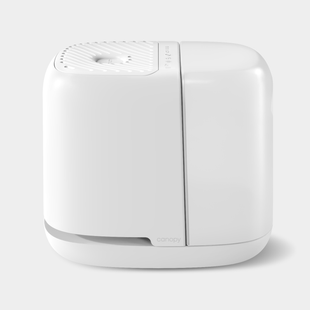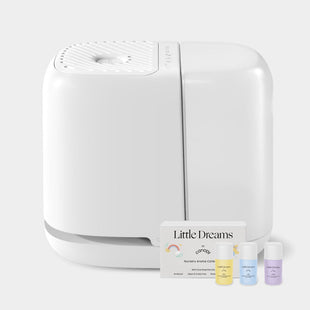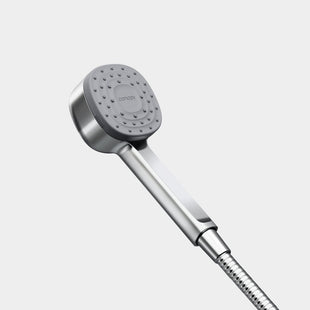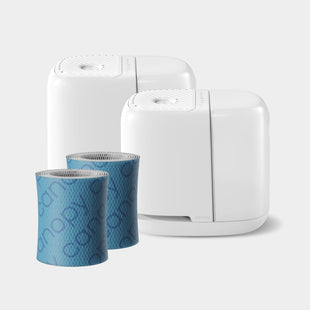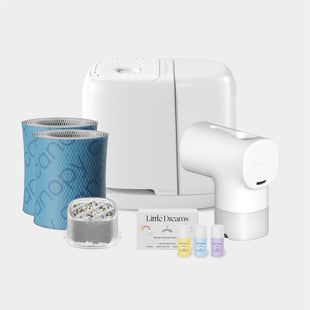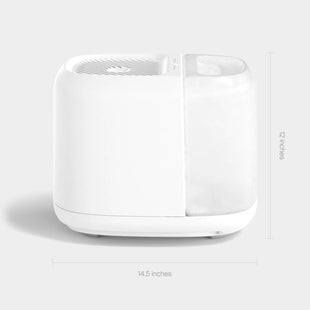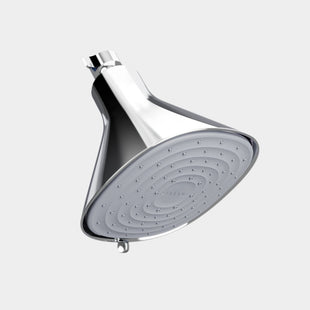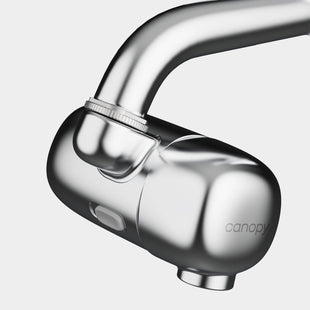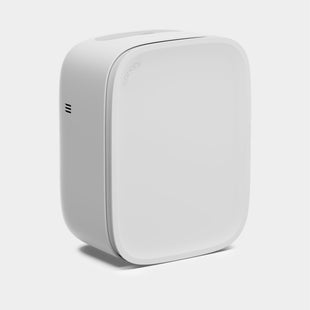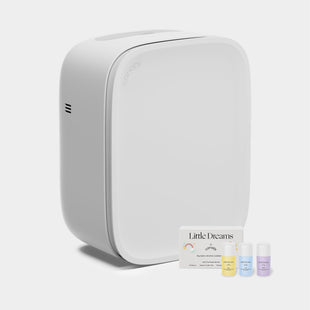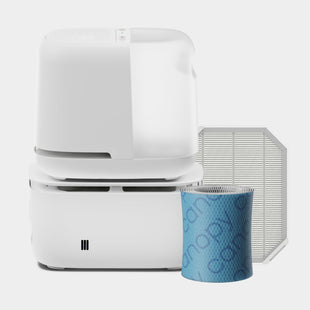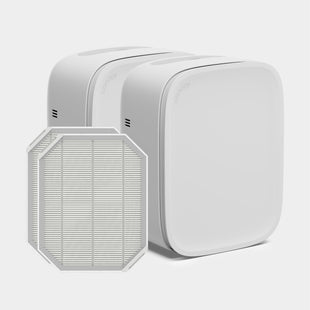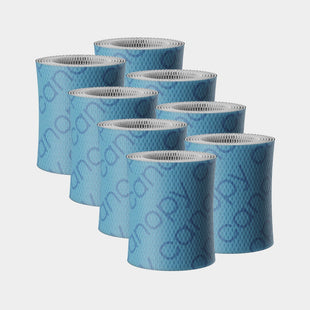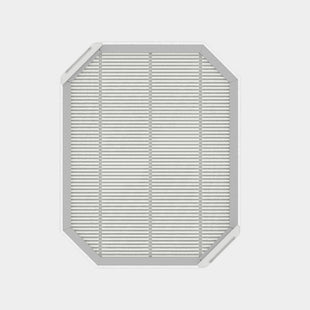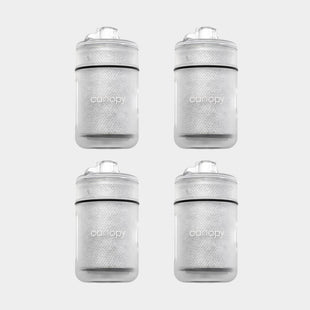When you want to create a more comfortable home, you probably consider upgrading your mattress, furniture, or even lighting. But what about the air you breathe? An air purifier might not top your must-have list at first, but it can majorly impact how you feel indoors. In this guide, we'll walk you through the basics of how this mighty device works behind the scenes to support your lifestyle, and how to use one to turn your space into a refreshing retreat you'll never want to leave.
What Air Purifiers Do
What is an air purifier? At its core, it's a system built to give you fresher air to breathe. It works by pulling in air from your space, pushing it through a built-in filtration system, then releasing it back into the room1.
Think of it as a quiet superhero working in the background to capture the allergens you generally don't want floating around, such as dust, pet dander, pollen, mold spores, and even odors1. This creates a more comfortable, breathable atmosphere that feels lighter and fresher as you curl up with your pet, cook dinner, or clean up.
Air Purifier Benefits
Fewer Odors
Whether you live near a busy street or in the countryside, increasing the air quality in your home is an underrated luxury. In the city, that might mean filtering out and neutralizing traffic fumes that sneak in through open windows. In the countryside, it could mean removing the musty, damp smells that come with a rainy day.
Beyond the obvious, this device helps with the minor nuisances you may not even realize are affecting your comfort, like last night's cooking smells or pet odors that cling to fabric2. With fewer unpleasant smells hanging around, your environment will feel lighter and easier to breathe in, making it that much more inviting.
Better General Wellness
These air purifier benefits can also support your overall sense of well-being by reducing the airborne particles and pollutants that build up indoors. You’ll enjoy a fresher, more breathable environment that supports your respiratory function3.
Treating the air can also benefit your skin by reducing dust, dander, smoke, and other everyday contaminants that can lead to irritation. When the air indoors seems lighter and clearer, your home becomes a place where you can breathe deeply and recharge.
Less Dust
Imagine finally seeing your home's tight corners and surfaces dust-free. An air purifier can help make this a reality! These devices capture airborne dust4, keeping surfaces pristine for longer and making your home feel and look fresher. As a bonus, you’ll find yourself having to vacuum or dust less frequently, allowing you to focus your attention elsewhere.
Having less dust in the home can increase your comfort, too, as the particles contribute to watery eyes and sneezing—especially if you have allergies3.
What to Know About HEPA Air Filtration

HEPA (High-Efficiency Particulate Air) filters are the gold standard for air purification. They can tackle up to 99.97% of dust, odors, allergens, smoke, pollen, and other airborne particles as small as 0.3 microns*, which is much smaller than what the naked eye can detect.
*Tested to ISO 29463 standards
The magic in HEPA is its design, which includes multiple layers of dense, hair-thin fibers working together to catch particles as air passes through in a multi-stage filtration process5. Choosing a purifier with this powerful system means you're not just circulating particles, but actively capturing irritants to elevate the comfort, freshness, and overall atmosphere of your living space.
Tips for Adding an Air Purifier to Your Home
Decide on Room Placement
Before bringing home an air purifier, choose where it will live. You'll need one that can cover that entire square footage or more to get the full air purifier benefits, so the size and layout of the selected room matters. We recommend adding one to your kitchen if you cook often to capture smoke and odors, and bedrooms for anyone with allergies to promote more comfortable sleep.
Picking a location beforehand can also help you select the right features for your needs. For example, a child's nursery or bedroom calls for a quieter unit. Most purifiers run between 35 and 70 decibels2, so a model that works efficiently at its lowest setting will help keep the space calm and serene while still delivering fresh, breathable air.
Pay Attention to Portability
Let's say you want a purifier in the bedroom for more restful sleep, and one in the living room to keep the air fresh for post-meal gatherings. If you plan to move a single device between these spaces, you'll probably need a compact, lightweight design.
Portability is less critical when you have multiple devices throughout your home; in this case, you might focus more on a model that complements your decor and feels like a seamless part of your space.
Keep Up With Maintenance
Regular filter maintenance is key to maximizing all air purifier benefits. Most devices either need to have disposable filters replaced or reusable filters cleaned, so consider your preferences when choosing a model.
For example, HEPA filters generally need refreshing every 3 months2, which is relatively low effort. If you have more time and want even more filtration power, you might prefer a device with both HEPA and activated charcoal filters, which will both need replacing on the same timeline.
Count on Canopy for a Fresher Feeling at Home
When you think of all the things that make home feel like home, stale air isn’t one of them. If dust, pollen, pet dander, and odors are making your space feel less fresh and inviting, Canopy is here to help. Our Bedside Air Purifier uses three layers of HEPA filtration to trap particles that can trigger allergy symptoms and leave rooms feeling stuffy and uncomfortable—and unlike traditional filters, our Protect Plus Air Purifier Filter only needs to be replaced every 6 months. We combine the comfort and freshness you want from an air purifier with the ease of use and signature aromas you expect from Canopy.
Sources:
- Mosseau, J. and Ponkshe, S. (23 February 2024). What to Know About Air Purifiers. WebMD. Retrieved September 25, 2025, from https://www.webmd.com/a-to-z-guides/what-to-know-air-purifiers
- McKinnen, G. (4 August 2025). 9 Benefits of an Air Purifier. Early Bird by Amerisleep. Retrieved September 25, 2025, from https://amerisleep.com/blog/benefits-of-an-air-purifier/
- Cherney, K., Lamoreux, K., and Balingit, A. (24 March 2025). Do Air Purifiers Actually Work? Healthline. Retrieved September 25, 2025, from https://www.healthline.com/health/allergies/do-air-purifiers-work
- Joglar, A. (15 August 2025). How Do Air Purifiers Work? (And Do You Really Need One?). Popular Mechanics. Retrieved September 25, 2025, from https://www.popularmechanics.com/home/a65668212/do-air-purifiers-work/
- (30 April 2025). Understanding HEPA Filter Types. AirOasis. Retrieved September 25, 2025, from https://www.airoasis.com/blogs/articles/understanding-hepa-filter-types


